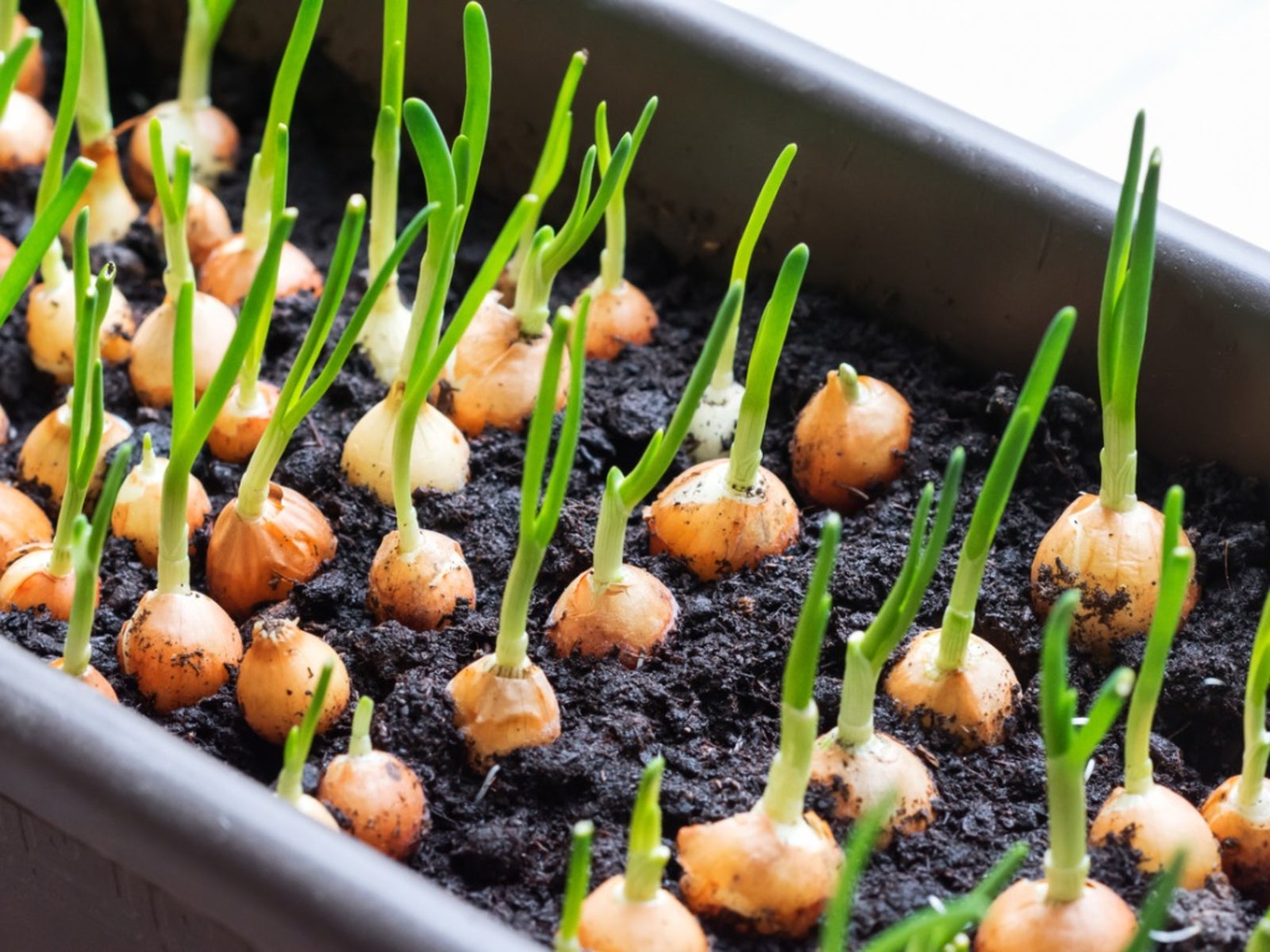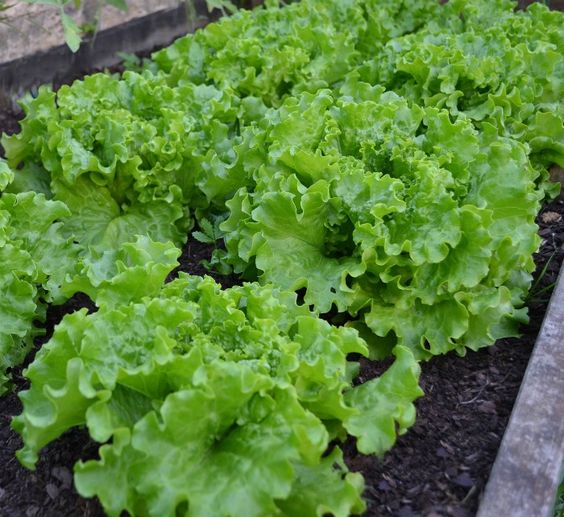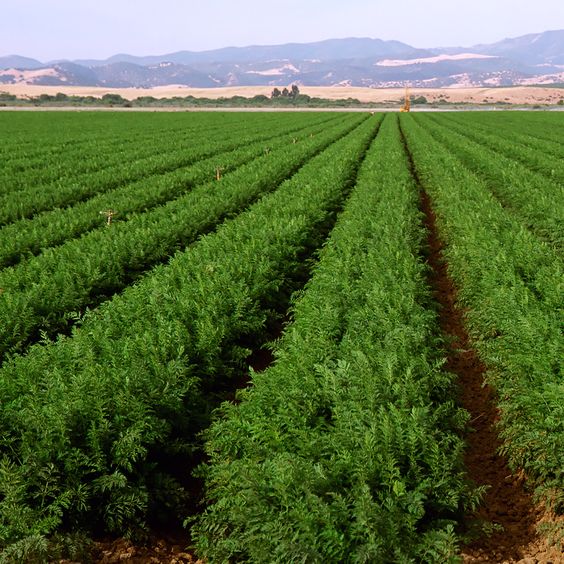Smart Plant Green Bean Farming: Optimizing Yield and Efficiency
Plant Green Bean, a popular and versatile vegetable, are a staple in many diets. However, traditional farming methods for green beans can be resource-intensive and require constant monitoring. Smart agriculture offers a suite of technologies to revolutionize green bean production, optimizing yield, efficiency, and resource management.
Contents
- 1 Benefits of Smart Plant Green Bean Farming
- 2 Objectives of Smart Plant Green Bean Farming
- 3 Smart Technologies for Plant Green Bean Farming
- 4 Putting Smart Plant Green Bean Farming into Action
- 5 Sensor Technology for Green Bean Precision
- 6 Taking Flight: Agricultural Drones for Plant Green Bean Management
- 7 Smart Plant Green Bean Farming in Action: Case Studies
- 8 The Future of Smart Plant Green Bean
Benefits of Smart Plant Green Bean Farming
Smart Agriculture empowers Plant Green Bean growers with a data-driven approach, leading to several key benefits:
- Increased Yield: Sensors monitor soil moisture, temperature, and nutrient levels, allowing for precise irrigation and fertilization. This targeted approach optimizes plant growth, leading to higher yields.
- Improved Resource Management: Smart irrigation minimizes water waste, while precision fertilization reduces excess nutrient application. This not only benefits the environment but also lowers production costs.
- Enhanced Disease and Pest Control: Real-time monitoring allows for early detection of pest infestations and disease outbreaks. Growers can then implement targeted interventions, minimizing crop damage and ensuring food safety.
- Reduced Labor Costs: Automation technologies such as smart irrigation systems and robotic weeders can significantly reduce labor requirements, freeing up time for other farm tasks.
- Data-Driven Decision Making: Sensor data provides valuable insights into crop health and environmental conditions. This allows growers to make informed decisions about planting schedules, resource allocation, and harvesting times.
Objectives of Smart Plant Green Bean Farming
The primary objectives of integrating Smart Agriculture into Plant Green Bean cultivation include:
- Optimizing Crop Growth: By providing optimal growing conditions through precise irrigation, fertilization, and pest management, Smart Agriculture aims to maximize green bean yield and quality.
- Minimizing Resource Use: Smart technologies promote efficient water and nutrient management, reducing waste and minimizing environmental impact.
- Enhancing Farm Profitability: Increased yield, reduced resource use, and lower labor costs contribute to improved farm profitability for green bean growers.
- Promoting Sustainability: Smart Agriculture practices promote sustainable farming practices that benefit both the environment and long-term agricultural productivity.
Smart Technologies for Plant Green Bean Farming
Several key smart technologies can be implemented for Plant Green Bean cultivation:
- Internet of Things (IoT) Sensors: These sensors collect real-time data on soil moisture, temperature, humidity, and nutrient levels. This data is then transmitted wirelessly to a central platform for analysis.
- Precision Irrigation Systems: Based on sensor data, these systems automatically adjust irrigation levels to ensure optimal soil moisture for green beans, preventing water waste.
- Variable Rate Technology (VRT): This technology utilizes sensors and GPS to map field variations, allowing for targeted application of fertilizer based on specific needs of different areas within the field.
- Agricultural Drones: Drones equipped with multispectral cameras can be used to monitor crop health, identify pest infestations and diseases, and even apply targeted pesticides.
- Robotics and Automation: Robotic weeders and harvesting robots can automate repetitive tasks, reducing labor costs and improving farm efficiency.
- Big Data Analytics: Data collected from various sensors and sources is analyzed to identify trends, predict potential problems, and make informed decisions about resource allocation and crop management.
Putting Smart Plant Green Bean Farming into Action
Implementing Smart Agriculture practices requires careful planning and consideration. Here’s a breakdown of the process:
- Needs Assessment: Analyze current green bean farming practices and identify areas for improvement. This helps determine the most impactful smart technologies to integrate.
- Technology Selection: Choose the appropriate smart technologies based on farm size, budget, and specific needs. Consider factors like scalability, ease of use, and compatibility with existing infrastructure.
- Data Management: Develop a plan for data collection, storage, and analysis. Invest in robust software solutions to manage and interpret data effectively.
- Integration and Training: Integrate chosen technologies seamlessly into existing farming operations. Provide training for farmers and staff on how to operate and utilize these new tools.
- Continuous Improvement: Regularly monitor the effectiveness of Smart Agriculture practices and adapt strategies based on ongoing data analysis.
Sensor Technology for Green Bean Precision
Beyond basic environmental sensors, several specialized sensors provide even more granular data for optimal green bean growth:
- Soil Moisture Sensors: These sensors measure the volumetric water content in the soil, allowing for precise irrigation adjustments. Different sensor types exist, such as tensiometers, capacitance sensors, and neutron probes, each offering varying levels of accuracy and cost.
- Leaf Temperature Sensors: These sensors monitor leaf temperature, which can indicate plant stress due to water deficiency or extreme heat. By proactively adjusting irrigation or implementing cooling measures, growers can prevent yield decline.
- Nutrient Sensors: These sensors measure the levels of key nutrients like nitrogen, phosphorus, and potassium in the soil. This information allows for targeted fertilizer application, reducing waste and ensuring optimal nutrient availability for green beans.
Taking Flight: Agricultural Drones for Plant Green Bean Management
Agricultural drones offer a unique perspective on green bean fields. Equipped with various sensors and imaging tools, they revolutionize data collection and crop management:
- Multispectral Imaging: Drones equipped with multispectral cameras capture images beyond the visible spectrum, revealing subtle variations in plant health. This allows for early detection of diseases and deficiencies that might go unnoticed with the naked eye.
- Weed Identification and Control: Advanced image recognition software can identify weeds within drone-captured images. This information can then be used to create targeted weed control plans, minimizing herbicide application and promoting more sustainable weed management.
- Yield Estimation: Drones can be used to capture high-resolution images throughout the growing season. By analyzing these images with specialized software, growers can estimate yield potential with greater accuracy, allowing for better planning and resource allocation.
Smart Plant Green Bean Farming in Action: Case Studies
Real world examples showcase the transformative power of Smart Agriculture in Plant Green Bean cultivation:
- California Case Study: A large-scale green bean farm in California implemented a combination of IoT sensors, precision irrigation systems, and drone-based multispectral imaging. This approach resulted in a 15% increase in yield, a 20% reduction in water usage, and a significant decrease in pesticide application due to early pest detection.
- Arizona Innovation: An innovative green bean grower in Arizona utilizes a network of soil moisture sensors and a variable rate technology irrigation system. This allows for precise water delivery based on specific needs of different zones within the field, leading to significant water savings and optimized plant growth in arid conditions.
The Future of Smart Plant Green Bean
Plant Green Bean,As technology advances, we can expect even more sophisticated tools and techniques to emerge in Smart Green Bean Farming. Integration of artificial intelligence for real-time data analysis and automated decision making is on the horizon. Additionally, advancements in robotics promise even greater levels of automation, further reducing labor costs and improving farm efficiency.
By embracing Smart Agriculture practices, green bean growers can not only enhance their bottom line but also contribute to a more sustainable future of agriculture. Through data-driven insights and innovative technologies, Smart Green Bean Farming paves the way for increased efficiency, optimized resource use, and a continued abundance of this delicious and versatile vegetable.




